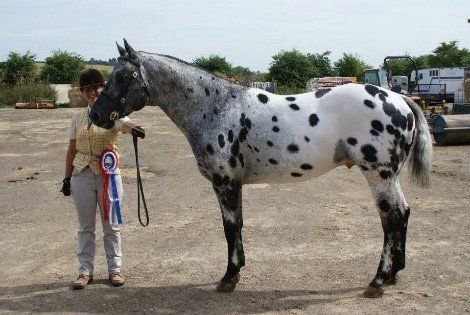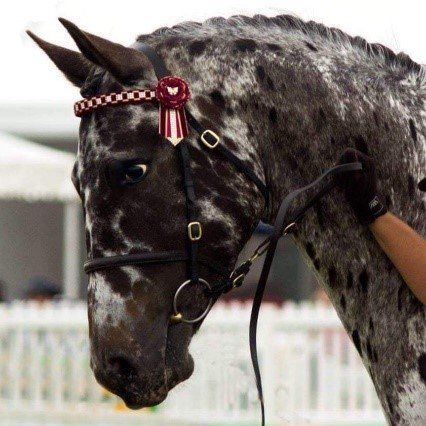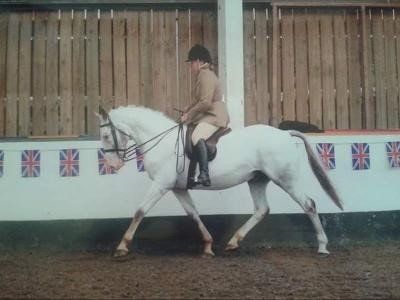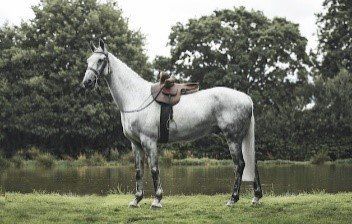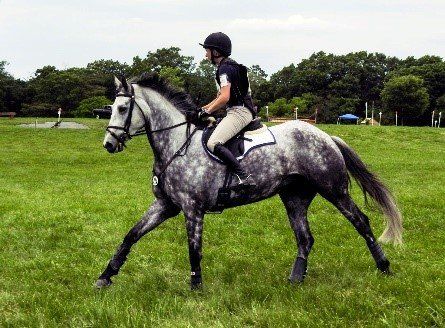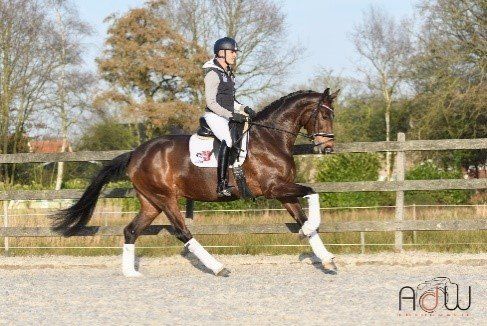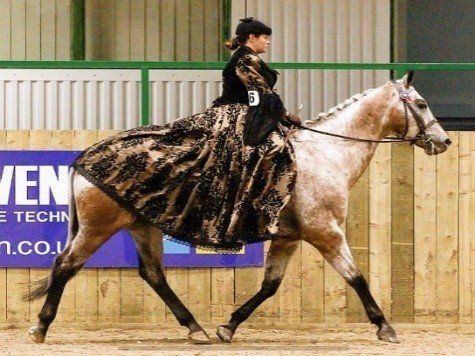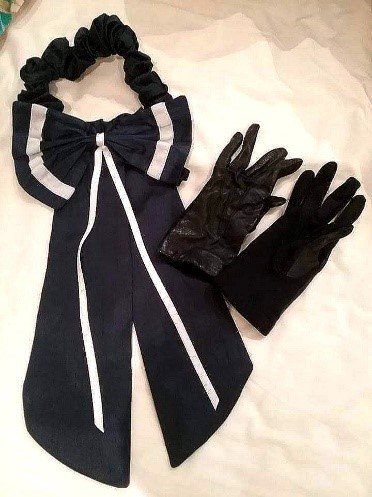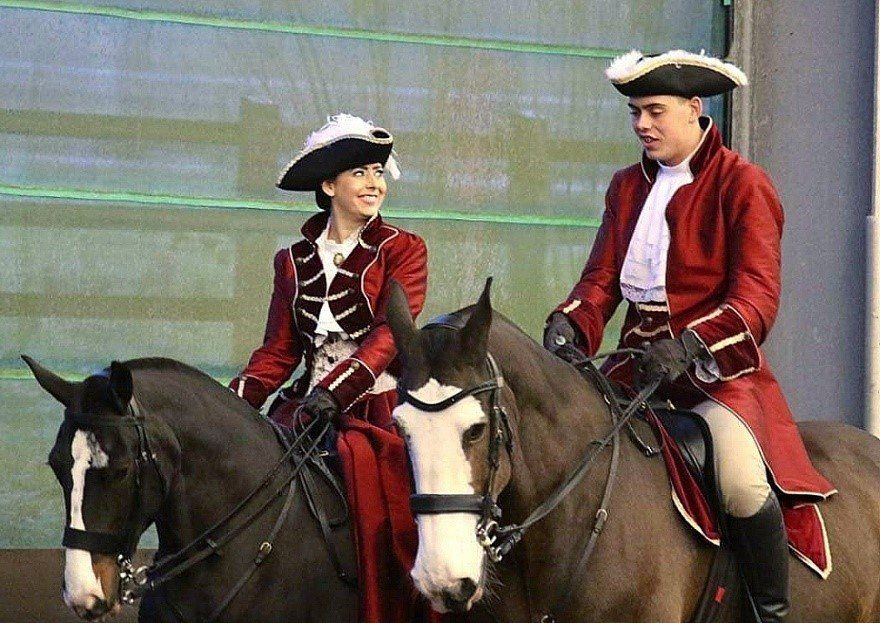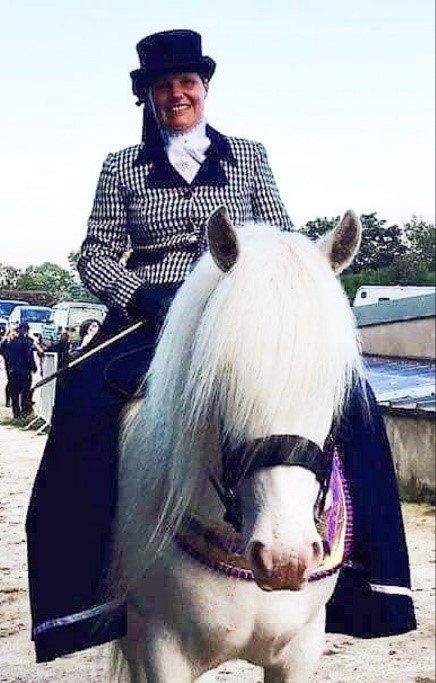As we move to canter does your horse move up a gear happily? Can you both do it on a straight side? (Bonus points there if you can!) Is there any tension? Again, any overbending/evasion/naughty behaviour? This is often where it gets a bit wayward. So, make sure you practice cantering with people in front and behind you!!! Does your horse bend in the correct direction or twist in some way? Once again, is your horse moving straight or are their quarters in or out?
The extension……number one rule, make sure you have space and circle if you need to be safe and give your horse a chance, but please look over your shoulder before you do this!!! DO NOT FLAP i.e. your legs and arms flying and even worse a quick tap with your stick, which often results in a buck. It is not the Grand National!!!! Teach your horse to extend from gentle leg pressure but allow them to move up the gait. I have seen horses asked to extend and they go willingly, but then the rider has hung on to them with their hands, and well……not a positive result.
Equally important, are the downward transitions. Do you both step down a gait smoothly or is there an argument? For example are you having to use your reins a fair bit or is your horse responding well to your seat (yes we can tell!!!). Does the frame stay relaxed?
And on that note, the rein change. Is your horse responsive to your request or running out of their outside shoulder to evade you? Is there a difference in their way of going compared to the other rein? My thoughts would be why if there is a difference? Does the picture still stay the same or improve or worsen?
And so to the line-up. Sometimes you will be asked to just line up. In this case get in a good space. We do not want accidents to happen. If you know your horse will need a break after the go round, give them that chance. If they need space, get them on the end of the line-up, and don’t forget the appropriate ribbon in their tail. Then once in your spot, make sure your horse will stand relaxed and quiet. Fidgety horses are distracting to the judge and can also interfere with other competitors.
If you are pulled in in places, number one smile if you are at the top, then get into your spot quickly to give your horse a break if they need it. Again, maintain space, relax your horse and enjoy where you are in the line-up, wherever that is. Things can, and do, change!!
And so, to the individual show. All the above still applies regarding way of going but hopefully it will be easier as you are riding on your own. Also, a big no-no is going round the back of the line up as part of your show.
When you are called out to the judge, smile and say hello. DO NOT park on top of them. When you present your horse, we want to see the whole picture not your horses’ nose, bottom or your leg/boots up close. Nicely positioned side on is perfect, facing in the right direction. Four-square is not required but equally do not stand your horse up with a leg resting or stood like they are trying not to slip on ice (imagine Bambi trying to keep still on the ice – Superman). Keep him/her relaxed, do not be fiddling with your reins, or pushing them about with your legs. Most horses will stand nicely if you just sit there and talk to the judge and give them a pat, believe it or not!!!
Once you have been looked over and answered any questions, it’s time to just…relax. Pretend you are riding at home, do not go tense, do not ride differently, JUST CHILL.

